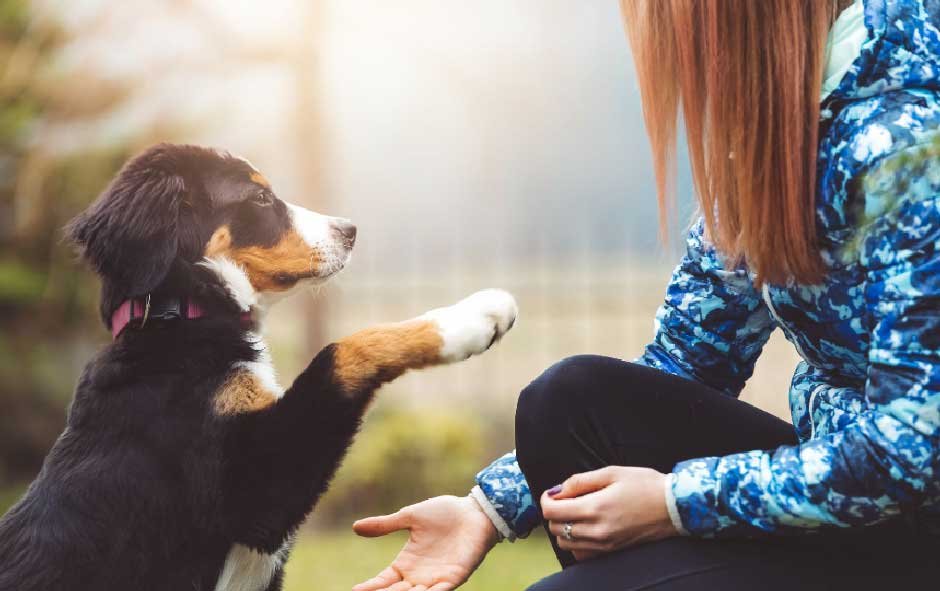Skip to the good bit
ToggleBringing a new pet into your home is exciting—but let’s be honest, it can also be a bit overwhelming. Whether you’ve welcomed a playful puppy, a curious kitten, or even a rescue pet with a past, training is the key to a happy and well-behaved companion.
To make the process easier, here’s a four-step guide packed with essential training tips to help you build a strong bond with your new furry friend while teaching them good behavior.
Step 1: Establish the House Rules Early
Before your puppy or older dog even steps paw (or claw) into their new home, decide what the rules will be. Consistency is crucial for effective training:
- Pick a designated potty spot: Whether it’s a specific corner of your yard or a litter box location, guide your pet to this spot every time. Praise them when they go there successfully.
- Set boundaries: Will your pet be allowed on the couch? Where will they sleep? Decide early and stick to it.
- Create a daily routine: Feeding, walks, playtime, and training should happen at roughly the same time each day to help your pet feel secure.
Pro Tip: If you live with family or roommates, make sure everyone enforces the same rules. Mixed signals will only confuse your pet.
Step 2: Master the Basics with Positive Reinforcement
Your pet needs to understand key commands to navigate their world safely. Whether you’re training a dog, cat, or another animal, positive reinforcement is the best method.
Start with these essential commands for dogs:
- Sit: Hold a treat near their nose, then move it upward. As their head follows, their bottom naturally lowers. Say “Sit” and reward them.
- Stay: Have your dog sit, then hold up your hand like a stop sign. Say “Stay” and step back. Reward them if they don’t move.
- Come: Use a cheerful voice, crouch down, and call “Come!” while opening your arms. Reward immediately when they respond.
Pro Tip: Always reward good behavior with treats, praise, or petting, and ignore unwanted behaviors rather than punishing them.
Step 3: Seek Professional Guidance for Tougher Training Issues
Even with the best efforts, some pets struggle with certain behaviors—whether it’s excessive barking, separation anxiety, or leash pulling. This is where professional trainers can make all the difference.
A certified trainer can help:
- Address problem behaviors in a structured way
- Customize training to your pet’s personality and breed
- Improve communication between you and your pet
If you’re facing challenges, consider speaking to a professional dog trainer or attending specialist dog training classes to speed up progress.
Pro Tip: The earlier you seek help, the easier it is to correct unwanted behaviors before they become habits.
Step 4: Socialize, Exercise, and Keep Training Fun
A well-trained pet is a happy pet, and ongoing training is just as important as the first lessons:
- Socialization Matters: Expose your pet to different environments, people, and other animals early on to reduce fear and aggression.
- Make Training a Daily Habit: Even after they’ve mastered basic commands, keep practicing for mental stimulation.
- Physical Exercise Is Key: Regular walks, play sessions, and interactive toys help prevent boredom-related behavior problems.
Pro Tip: End training sessions on a positive note with a fun game or cuddle time. This keeps your pet eager to learn!
So, Are You Ready to Train?
Training your new pet doesn’t happen overnight, but with patience, consistency, and the right approach, you’ll build a strong and loving bond. Start with clear rules, use positive reinforcement, seek help when needed, and make learning fun.
Stick with these four steps, and before you know it, your pet will be well-behaved, happy, and an integral part of your family!







